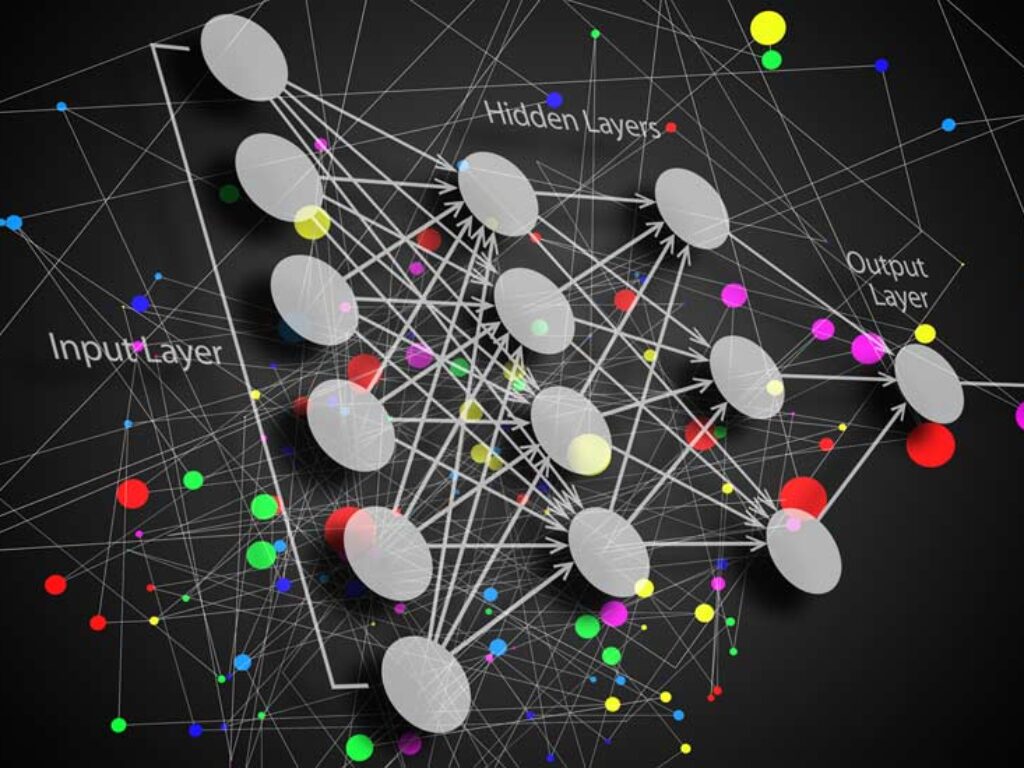In this contributed article, editorial consultant Jelani Harper discusses generative models, synthetic data, and combating financial crimes. Generative models are gradually reshaping the nature of financial crimes. They can help and hinder both investigators and the fraudsters perpetuating criminal activity.
Video Highlights: The Best AI Startup Opportunities — with Venture Capitalist Rudina Seseri
In this video presentation, our good friend Jon Krohn, Co-Founder and Chief Data Scientist at the machine learning company Nebula, sits down with Rudina Seseri from Glasswing Ventures to answer the question: “What has Glasswing Ventures done for the company beyond capital investment?” Rudina describes how her company uses data to assess venture capital investments, the secret sauce of successful AI startups, and why she feels generative AI is only the start of a much broader impact that AI will make in communities and businesses.
Survey Shows that More than 90% of Insurers Plan to Increase AI Investment – Top 4 Trends for Insurers in 2024
To glean insights, Gradient AI conducted a survey among 100+ customers across diverse insurance companies, revealing four noteworthy AI trends influencing the future landscape of the insurance sector.
AI Companies and Applications have a lot to Prove in 2024
In this contributed article, Saad Siddiqui, General Partner at Telstra Ventures, indicates that while there are plenty of risks for VCs in AI right now, they’re overwhelmingly outweighed by the potential benefits. As AI adoption continues to gain momentum, the task in 2024 will be making strategic investments in companies and applications capable of maximizing the value of the most revolutionary technology in the world.
New OneStream Research Finds 80% of Financial Decision-Makers Believe AI Will Increase Productivity
OneStream, a leader in corporate performance management (CPM) solutions for advancing financial close, consolidation, reporting, planning and forecasting, announced the results of its global “AI-Driven Finance“ survey, revealing the majority (80%) of financial decision-makers believe AI will increase productivity in the office of finance.
C-Suite Predicts 2024 to be Watershed Year for Financial Impact of Generative AI in Icertis Survey
Icertis, the contract intelligence company that pushes the boundaries of what’s possible with contract lifecycle management (CLM), released its inaugural AI impact report titled The Future of Generative AI: C-Suite Perspectives for 2024 and Beyond. 500 senior executives at businesses across the U.S. and U.K. shared their perspectives on how AI will transform the workforce, data privacy, the competitive landscape, and more.
IBM Launches $500 Million Enterprise AI Venture Fund
IBM (NYSE: IBM) today announced that it is launching a $500 million venture fund to invest in a range of AI companies – from early-stage to hyper-growth startups – focused on accelerating generative AI technology and research for the enterprise.
The Government Needs Fast Data: Why is the Federal Reserve Making World-altering Decisions on Stale Data?
In this contributed article, Alex Izydorczyk, founder and CEO of Cybersyn, discusses an important question: Should there ever be “very big surprises” (or any surprises, for that matter) in the data on which the Federal Reserve bases decisions on?
Cash Treasury Trading in the Age of AI
In this contributed article, Shankar Narayanan, Head of Trading Research, Quantitative Brokers, discusses how In the era of artificial intelligence, cash treasury trading presents a unique opportunity to integrate new technologies, enhance trading methodologies and meet the growing demands of a rapidly evolving market.
Research Highlights: Unveiling the First Fully Integrated and Complete Quantum Monte Carlo Integration Engine
Quantinuum, a leading integrated quantum computing company has published full details of their complete Quantum Monte Carlo Integration (QMCI) engine. QMCI applies to problems that have no analytic solution, such as pricing financial derivatives or simulating the results of high-energy particle physics experiments and promises computational advances across business, energy, supply chain logistics and other sectors.











